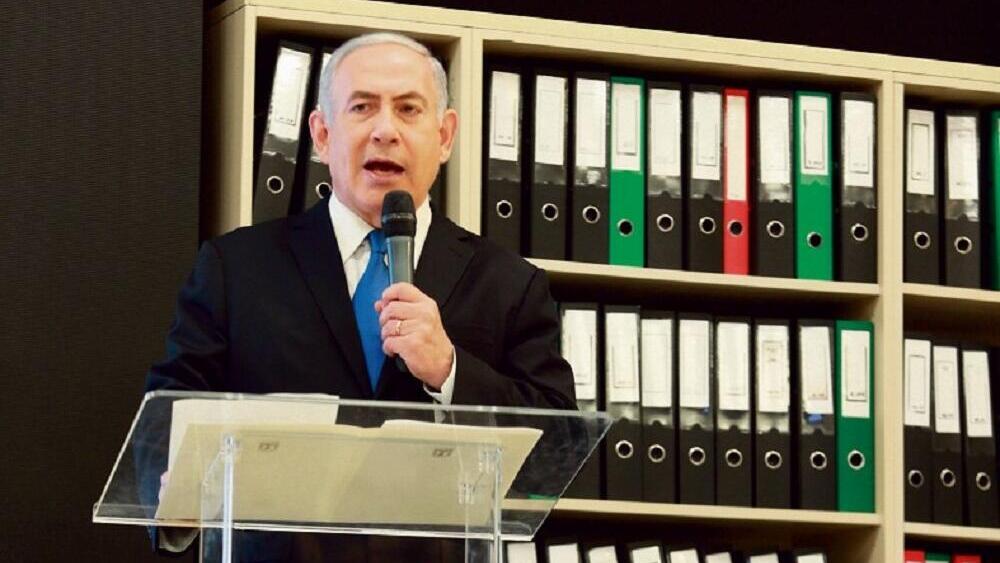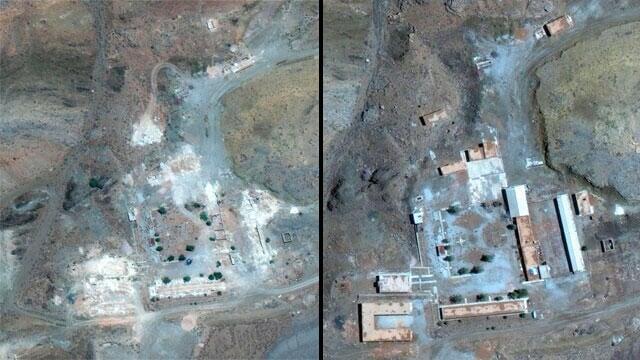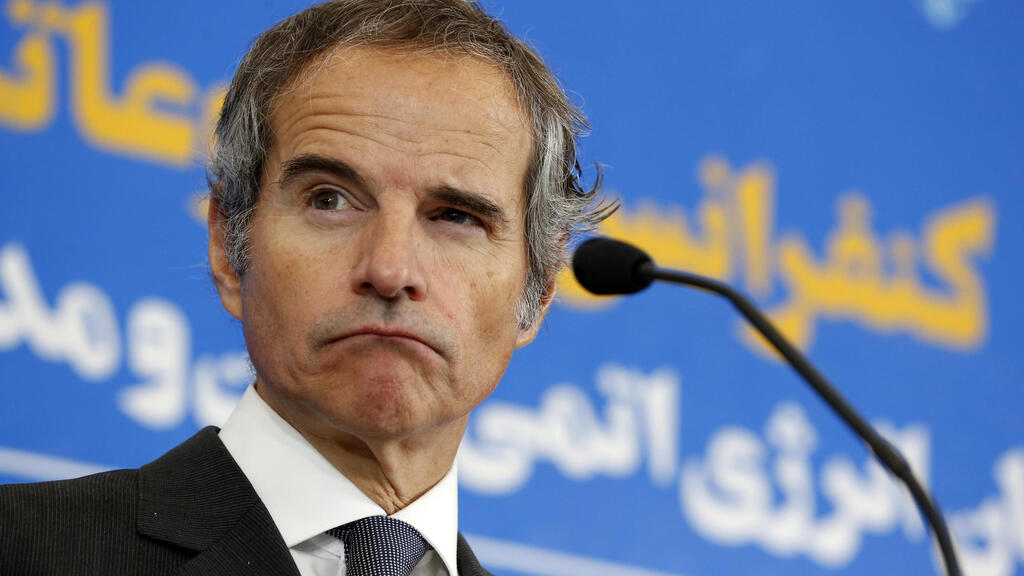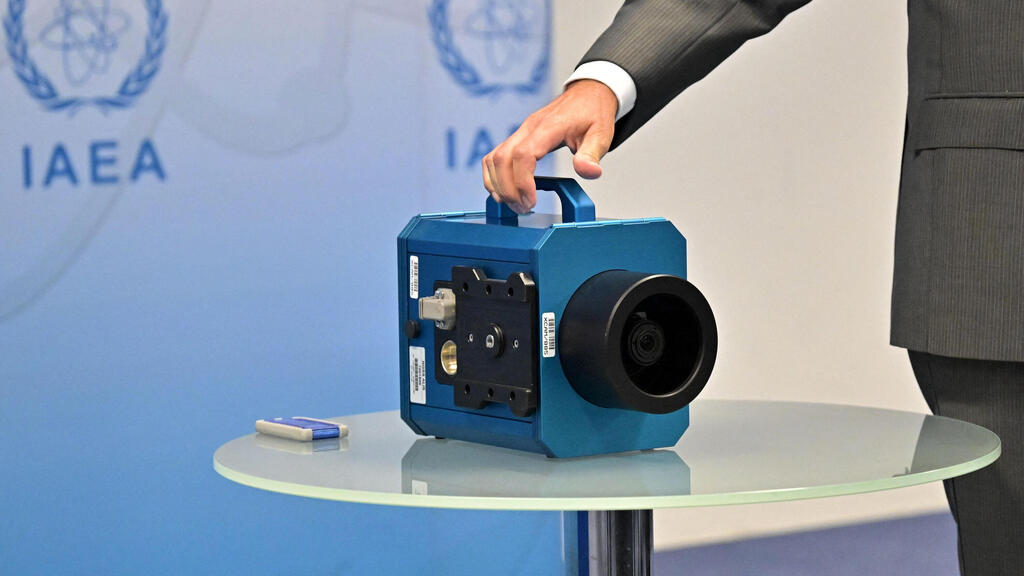Getting your Trinity Audio player ready...
Prime Minister accuses un nuclear watchdog with pandering to Iran
After years without progress by nuclear inspectors into suspicions that Iran had violated the Non-Proliferation Treaty, a breakthrough was reported last week for the first time – but one that raises concerns that it may be an indication that negotiations for the renewal of the 2015 nuclear deal with Iran would soon to be resumed.
Other stories:
In its statement, the UN International Atomic Energy Agency (IAEA) said it closed its investigation into the Marivan nuclear site in Iran, one of the three where particles of Uranium were found, and that Iran had not previously declared to the inspectors.
According to the IAEA, Iran had supplied "a possible explanation," to the fact that particles of Uranium were found there and although the UN watchdog did not explicitly say the explanation was right, it shut the Marivan probe down.
The IAEA said in its report published last Wednesday, that there are two other investigations still ongoing, concerning sites at Varamin in the center of the country and Turquzabad near the capital and that Tehr4an had not explained the particles of uranium found there.
But its announcement that the Miravan probe has ended prompted international interest and anger in Israel - because the IAEA had for years of accused the Iranians of evading honest answers, and due to speculations over the renewed talks. The U.S. had suspended negotiations with Iran over disputes including Iran's demand that the IAEA probe end.
All three probes were opened after Israel submitted to the IAEA findings from the nuclear archive it had taken out of Iran in 2018. Marivan, located in south-west Iran, was exposed by Prime Minister Benjamin Netanyahu a year later, but he only said it was used by the nuclear military program.
After receiving the Information, the IAEA requested access to the site in January 2020 – after Iran began destroying parts of the facility in 2019 – and was granted access in August 2020.
Despite Iranian efforts to cover its tracks at the site, inspectors found traces of the bi-product of uranium enrichment. According to IAEA reports last year, the Marivan facility was composed of two separate but neighboring sites where there were indications of activity in 2003, for the Amad project to develop nuclear weapons, which was allegedly suspended that year, although Israel claims Iran had continued it.
IAEA said in one of the sites it found bunkers where trials with conventional explosives were carried out and another described as a "support/development" area, where traces of uranium were found. Iran claimed the site had been operated by a foreign country in the 1960s and 1970s.
The watchdog rejected claims that work at the site had stopped years ago but now said the new explanation given by Iran, alleging the uranium was the result of contamination from old equipment in a chemical lab on site, could explain their findings although it insisted that was just one possible explanation. Still the IAEA had no further questions.
Reuters reported a senior unnamed diplomat in Vienna said that it was the Soviet Union that had operated the site but added that the IAEA was convinced that trials carried out there were connected to the plans to develop nuclear weapons.
Those trials were in the parts of the facility that was destroyed by Iran and the IAEA insists there were still some unanswered questions. In a report last week, researchers from the D.C.-based Institute for Science and International Security said Iran claimed that the bunkers at Marivan were used “to shelter the bomb disposal unit during the deactivation of worn-out or mal-functioned munitions” and did not address “the use of neutron detectors and the source of the neutrons, and has provided no evidence to support its responses to questions regarding the activities at the explosive test area at ‘Marivan.’”
4 View gallery


Prime Minister Benjamin Netanyahu reveals Iran's nuclear archive lifted from Tehran in 2018
(Photo: Uriel Cohen)
The IAEA described the testing at the site as a cold test that involves the detonation of a fully assembled nuclear weapon absent its weapon-grade uranium core. "The neutron detectors would detect the neutrons produced by a neutron initiator at the center of the nuclear device, designed to initiate the atomic explosion. Thus, the IAEA is stating that while Iran may have prevailed on the relatively small point of the uranium particles, the elephant in the proverbial Marivan tent remains present," the Washington Institute said.
Despite the IAEA insisting the investigations at Varmin and Turquzabad were still open, Israel accused the UN watchdog of capitulating to Iran. Netanyahu on Sunday said the inspectors were lax in their conduct and that closing the probe into Marivan was a black mark on the IAEA and Iran's explanations were untrustworthy and technically impossible.
He warned that if the UN agency were to become political, there would be no relevance to its inspections or reports. The prime minister may be referring to Iran linking the IAEA probes to the resumption of talks with world powers. IAEA chief Rafael Grossi rejected such claims last year.
Iran had expressed anger at the IAEA and removed its surveillance equipment from some of its nuclear sites but in recent months, relations have improved and Grossi announced agreements reached to resume limited surveillance, last March, including at Fordow and in one of the facilities at Natanz as well as installing cameras at a centrifuge manufacturing plant at Isfahan. Still, no video material has been received by the inspectors from the past two years.
While Israeli officials have alluded to a possible attack on Iran's nuclear sites, Supreme Leader Ali Khamenei took a stern position against the West. "Some people are wrong to think that if we retract our position on certain matters, the hostility of the U.S> and arrogance of Israel and the rest of the world would diminish," Khamenei said at the memorial service for Ayatollah Khomeini







